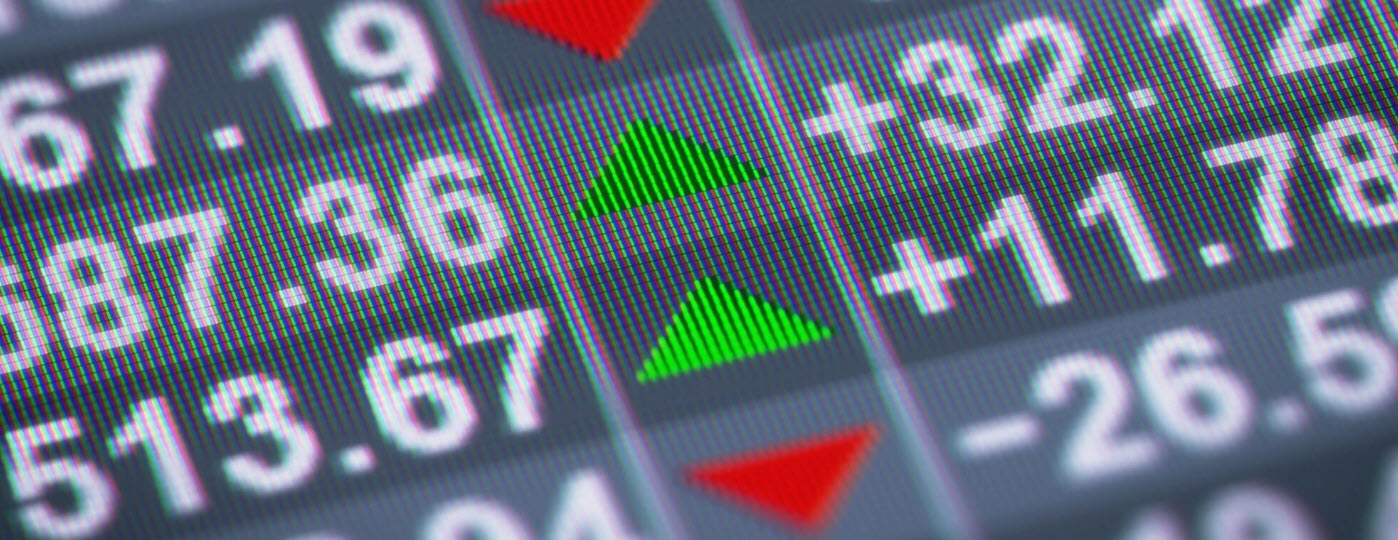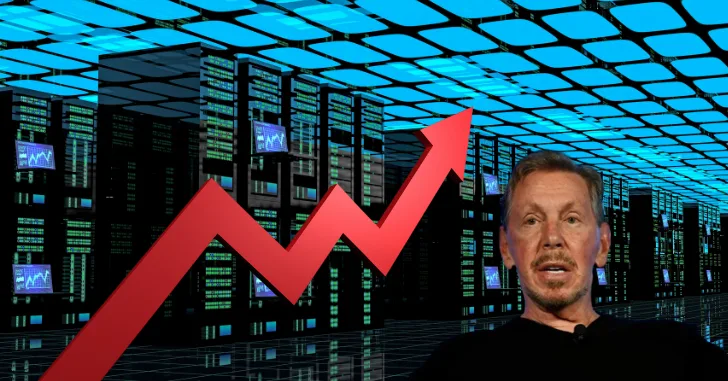Tesla Inc. (NASDAQ: TSLA) shares dropped Monday following a rare downgrade by one of its long-standing Wall Street supporters. Baird Equity Research and Argus Research both revised their ratings downward, citing growing concerns about the company’s long-term strategic direction, political entanglements, and increasingly competitive dynamics in the electric vehicle (EV) market.
With Tesla’s stock falling as much as 3% in early trading, the downgrade has triggered a wave of debate among institutional investors, retail traders, and tech analysts. Here’s a comprehensive breakdown of what led to this sudden shift in analyst sentiment, its implications for Tesla’s near-term performance, and how investors should interpret the broader impact.
Tesla Faces Downgrades from Long-Time Bulls
Baird’s Ben Kallo, a Tesla bull for over three years, downgraded the stock from “Outperform” to “Neutral” while maintaining a price target of $320. Argus Research followed suit, slashing its rating from “Buy” to “Hold”.
While the price target suggests that there is still some belief in Tesla’s longer-term upside, the rating changes signal caution. According to Baird, Tesla faces a confluence of challenges ranging from unpredictable regulatory shifts to lagging delivery expectations.
“We continue to believe Tesla has significant long-term opportunity but see a more balanced risk/reward in the near term,” Kallo noted in his client briefing.
Key Reasons Behind the Downgrades
1. Robotaxi Reality Check
At the heart of Tesla’s future roadmap lies its autonomous vehicle strategy, especially robotaxis—a market Elon Musk has repeatedly hyped as the next big revolution. Musk has hinted that Tesla could unveil its robotaxi product in August, raising hopes of a new revenue stream.
However, Baird’s note indicates a substantial gap between Musk’s vision and what’s realistically achievable over the next few years. Kallo projects Tesla will only deliver 6,000 robotaxis by the end of 2026, far below Musk’s prior suggestions that “hundreds of thousands” would be on the road.
This level of under-delivery, if realized, could further strain investor trust in Tesla’s long-term guidance.
“We are optimistic about Tesla’s full self-driving (FSD) and autonomous opportunities long-term but remain cautious on near-term robotaxi contribution,” said Kallo.
2. Political Tensions Heating Up
Elon Musk’s increasingly high-profile political presence may also be clouding Tesla’s operating environment. Musk has recently taken to X (formerly Twitter) to criticize President Trump’s proposed spending package sharply. In one post, he labeled it a “disgusting abomination.” He threatened to support primary challengers against lawmakers who vote for it.
Such public political attacks from Tesla’s CEO are viewed by some analysts as a liability, particularly in a market where government policy—especially tax credits and EV subsidies—can significantly impact demand.
Tesla’s perceived alignment or opposition to specific politicians could threaten its access to subsidies, regulatory support, and fleet contracts. Analysts say this could be especially risky if government policy begins shifting based on changing party control or retaliatory action.
3. EV Market Maturity and Competition
Another concern is that Tesla is no longer operating in a nascent market. Legacy automakers, Chinese manufacturers, and upstarts alike are aggressively entering the electric vehicle (EV) space, slashing prices and flooding the market with alternative options.
Tesla has had to cut prices multiple times over the past year to maintain its delivery pace, thereby squeezing its margins. Meanwhile, rivals such as BYD, Ford, and Hyundai are gaining traction globally.
Demand for EVs in North America is also softening, with recent data from Cox Automotive suggesting that U.S. EV inventory is reaching new highs even as sales growth flattens.
“Tesla has gone from market leader to price follower in several categories, especially in China,” said one industry analyst. “That’s a sign that demand elasticity is breaking.”
4. Valuation Risk
Tesla still trades at a lofty multiple compared to its automotive peers—over 150 times estimated 2025 earnings, depending on the model. That’s a tall order to justify, especially with execution risks mounting across several fronts.
While the company is no longer just a carmaker—thanks to energy storage, FSD software, and AI chip development—those segments are still not generating enough revenue to offset concerns over declining vehicle margins.
“The valuation already prices in a great deal of optimism,” Kallo added. “We think more concrete execution will be necessary to justify it.”
5. EV Incentive Uncertainty
Tesla’s business model heavily leans on U.S. federal tax credits for EVs. With upcoming changes to how these credits are calculated and awarded, there is concern that Tesla’s customers could lose eligibility or receive smaller rebates. Any reduction in consumer incentives could further slow U.S. sales.
Some industry insiders believe that if Tesla loses favor with either the Department of Energy or the Environmental Protection Agency under political pressure, the company could face regulatory hurdles not yet fully priced into the stock.
Tesla’s Stock Reaction
Tesla stock fell nearly 3% in pre-market trading, slipping from around $295 to as low as $286. That decline comes after a strong rally in May, when shares surged 22%—mainly buoyed by optimism surrounding AI integration and a potential rollout of robotaxis.
Despite Monday’s drop, the stock remains up year-to-date, though analysts are split on whether that momentum can last.
This pullback could be a healthy reset. In contrast, others believe more selling pressure may arise if Tesla fails to meet delivery expectations or doesn’t provide concrete updates during its next earnings call or the anticipated Robotaxi reveal.
Analysts Still See Long-Term Upside—With Caution
While the downgrades may seem like a negative headline, they reflect a shift from bullish to cautiously neutral, not a call to abandon the stock altogether. Tesla still retains significant strategic advantages—its vertically integrated supply chain, world-class battery innovation, and deep lead in AI-powered autonomy.
Still, the path forward is more uncertain than ever.
“We see the potential for re-rating if Tesla executes on autonomy, energy storage, or new products,” Kallo concluded. “But we think expectations may be ahead of fundamentals.”
What Investors Should Watch Next
- Tesla’s Q2 Delivery Report – Expected early July, this will reveal whether demand is holding steady or slipping further.
- Robotaxi Event in August – Investors seek a working product demo, a realistic timeline, and a clear regulatory path.
- China Sales Trends – With increasing reliance on international markets, China remains crucial. Any signs of weakening demand there could amplify volatility.
- U.S. Election Impact – Depending on who controls Congress or the White House after 2025, Tesla’s regulatory standing could improve or deteriorate significantly.
Final Takeaway
The downgrades from Baird and Argus are less about Tesla collapsing and more about managing expectations in an environment full of uncertainty. Tesla remains an innovation leader, but its valuation leaves little room for error. Musk’s political theatrics, robotaxi delays, and rising global competition all compound the risks investors must weigh carefully.
For long-term investors, the company’s fundamentals remain attractive. But for new investors or swing traders, today’s downgrade is a clear signal: Don’t chase the hype—wait for execution.





